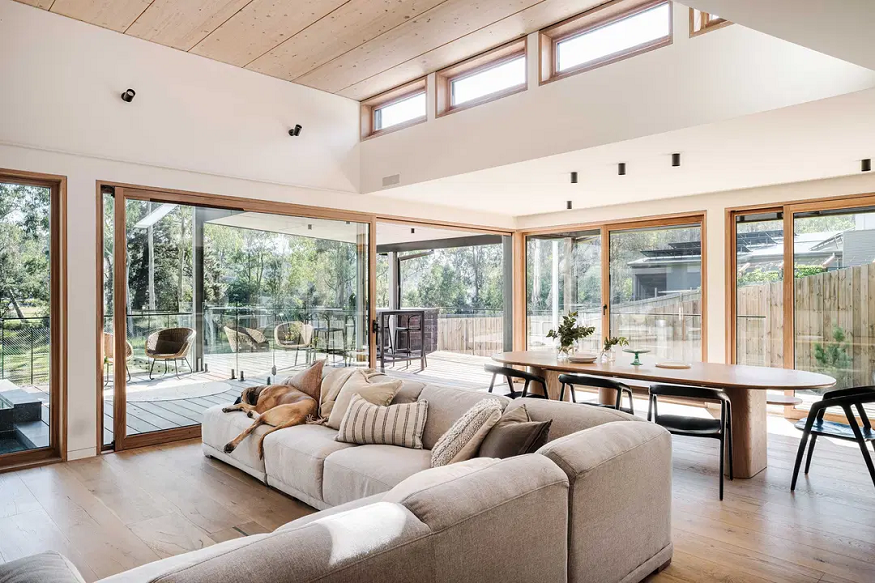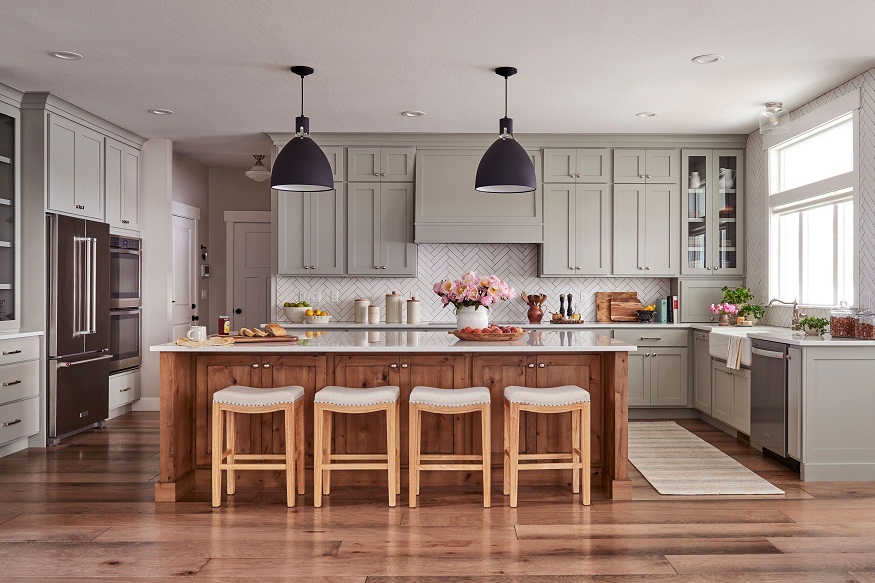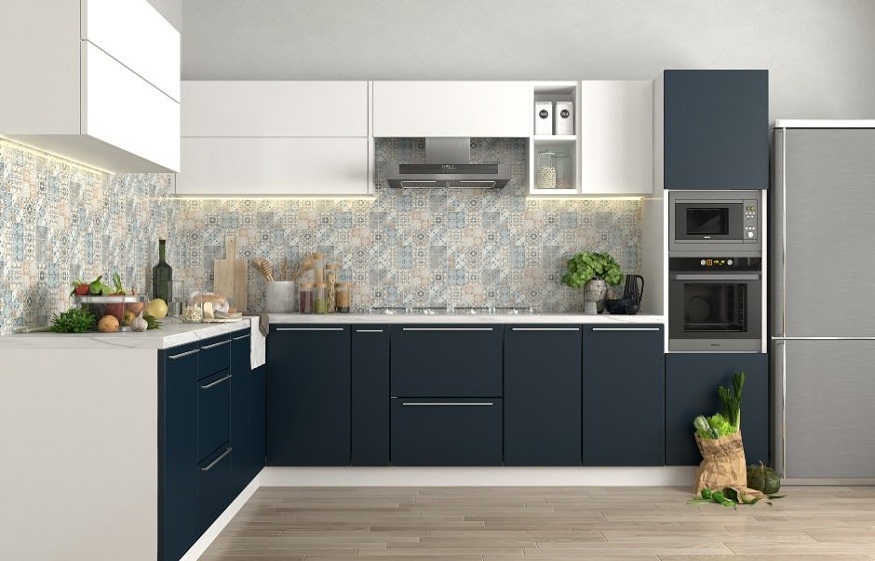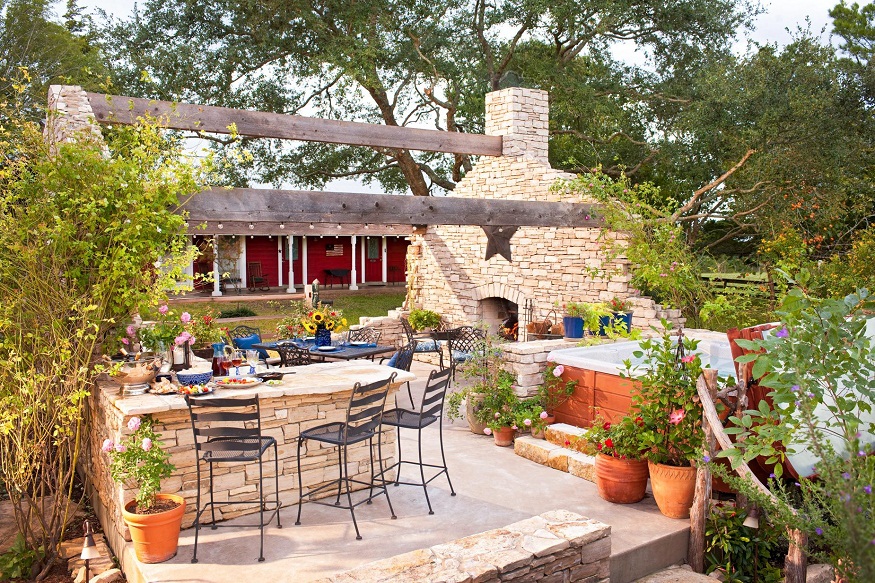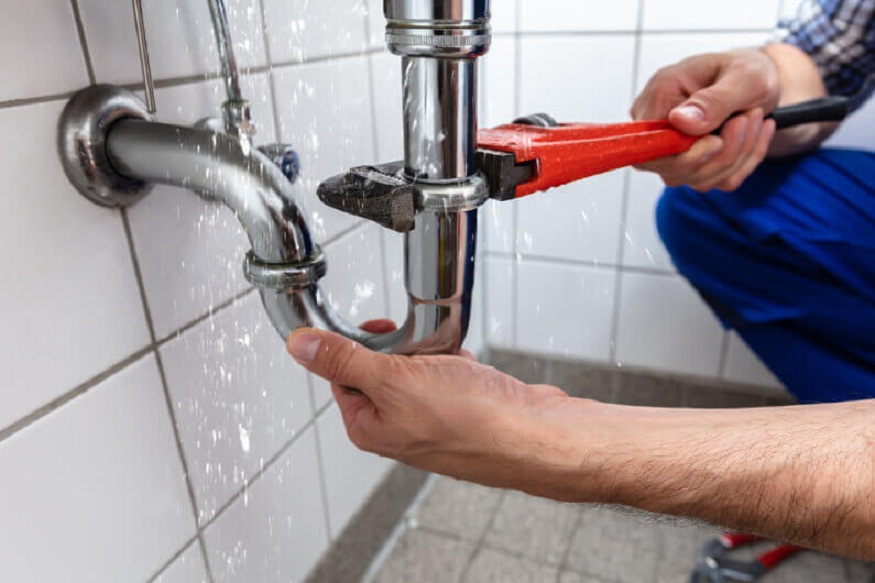
Plumbing plays a key role in the comfort of your future home because it ensures the proper functioning of the sanitary system, ensuring the delivery of hot and cold water and wastewater. You can, of course, discuss plumbing elements with your builder to make the best possible choice based on the type of home, water supply and drainage conditions, and budget. Read on for practical information on choosing your plumbing system.
The different types of plumbing
You can seek professional advice and service to better inform yourself on these issues. Generally, however, the choice of materials and dimensions is yours to make, with the installation plan being dictated by the size and number of floors of the home.
Plumbing pipe materials
Among the most popular, copper plumbing pipes are used for water supply systems. They are known for their strength and corrosion resistance. PVC is used for wastewater drainage. It is robust and easy to cut, making it easy to install. Steel , on the other hand, is valued for its exceptional resistance to mechanical and chemical attack, making it ideal for use in demanding environments.
For modern materials, PER (High-Density Cross-Linked Polyethylene) is a versatile choice, often replacing copper in water supply and heating systems due to its ease of installation and durability. PPR (Plastic Polypropylene) is more popular for its exceptional robustness, capable of transporting hot and cold water, compressed air, and even corrosive products. Both PER and PPR are attractive for their value for money.
The dimensions
Plumbing pipes come in several standard diameters, including 16 mm, 20 mm, 25 mm, and 32 mm, each suited to a specific purpose. 16 mm pipes are typically used to supply water to small fixtures like sinks, toilets, or washing machines. 20 mm pipes are best suited for smaller manifolds, requiring a larger water flow rate . 25 mm and 32 mm diameters are often used to connect the first manifold to the water meter, thus handling a larger flow rate.
Since the quality of your plumbing system depends largely on the materials used, don’t neglect them. PVC, attractive and pressure-resistant, is the most common material for hot water distribution and water drainage. PEX is suitable for applications such as tap tanks, yet is lightweight and corrosion-resistant.
The installation
The plumbing layout directly influences the quality and efficiency of the plumbing system. Its design will be based on the size of the house and the number of floors. For single-story houses, the octopus layout is often adopted. This system uses a main pipe or feeder, which distributes water to the various rooms, thus reducing the number of necessary connections despite the length of the pipes.
In multi-story homes, the complexity increases. A main manifold is connected to secondary pipes via a riser. Shutoff valves are installed on each floor to control water access. For hot water production, there is a choice between a separate water heater and the installation of a hot water tank connected to the boiler.
In addition to the structure of the house, the characteristics of the terrain, such as the presence of a ground slab or rocky soil, also have an impact on the pipe materials and their installation method.
Plumbing installation
At what point in the construction process is plumbing installed? This is a delicate step that requires planning and expertise. Ideally, this operation should be carried out after the structural work is completed , but before the interior partitions and floor coverings are finalized . This timeline makes it easy to integrate pipes into walls and under floors without disturbing the finishing touches. A precise and detailed installation plan must be followed for the various pipes (cold water, hot water, drainage) as well as for sanitary elements such as the bathtub, sinks, toilets and faucets.
The process begins with the installation of the main pipes and drains, followed by the installation of the secondary pipes that will serve the various water points in the house. During this phase, special attention is paid to the sealing and insulation of the pipes to prevent leaks and noise problems. Finally, the sanitary equipment is installed after the interior finishing touches (painting, tiling, etc.).
As for the required expertise, it is strongly recommended to call a professional plumber. A qualified plumber will not only know how to choose the appropriate materials, but also how to comply with current standards , thus ensuring the safety and compliance of the installation . In addition, the professional will be able to advise on the optimal location of sanitary elements and ensure that the entire plumbing system is designed ergonomically and functionally.

